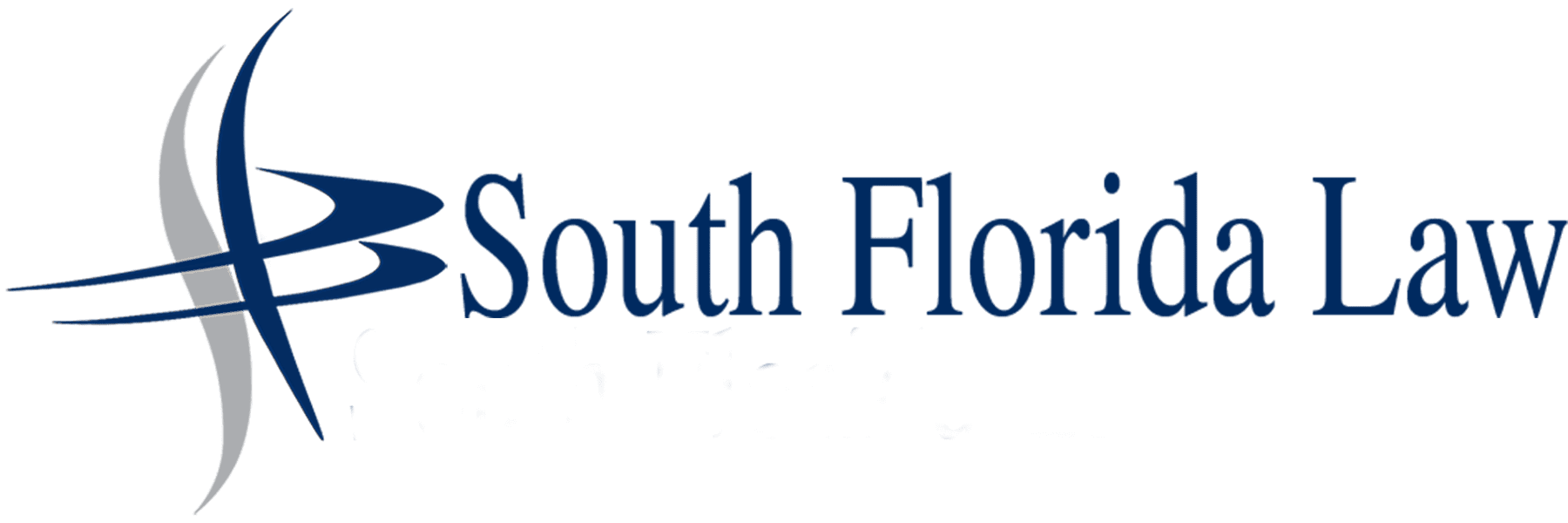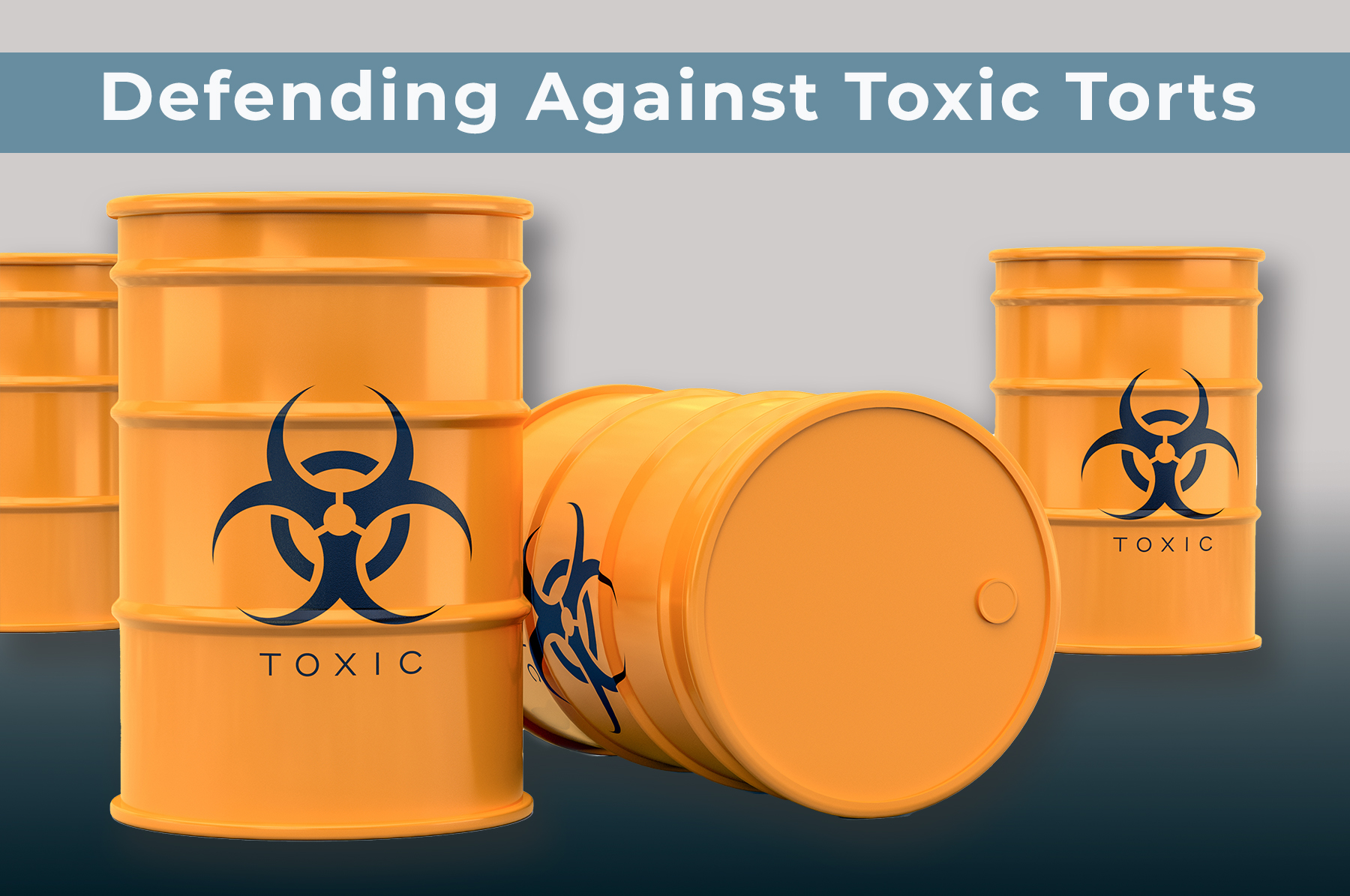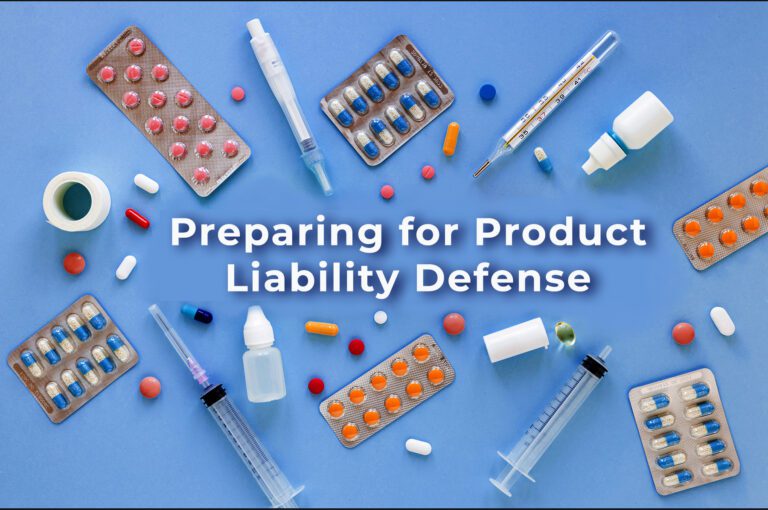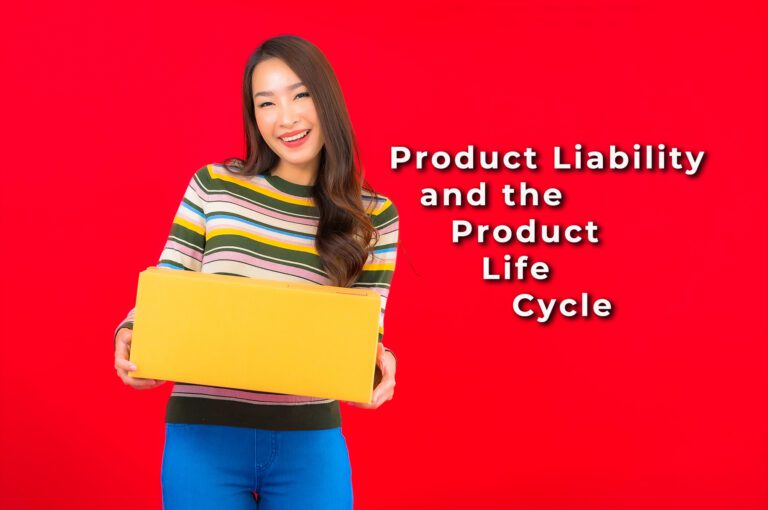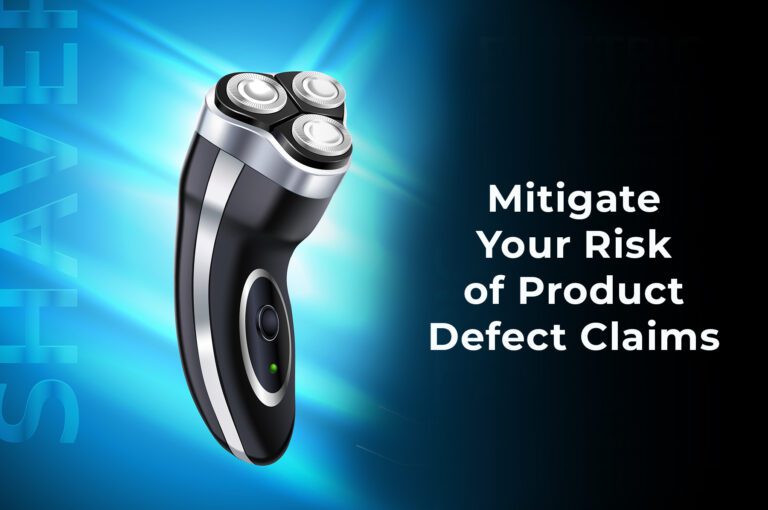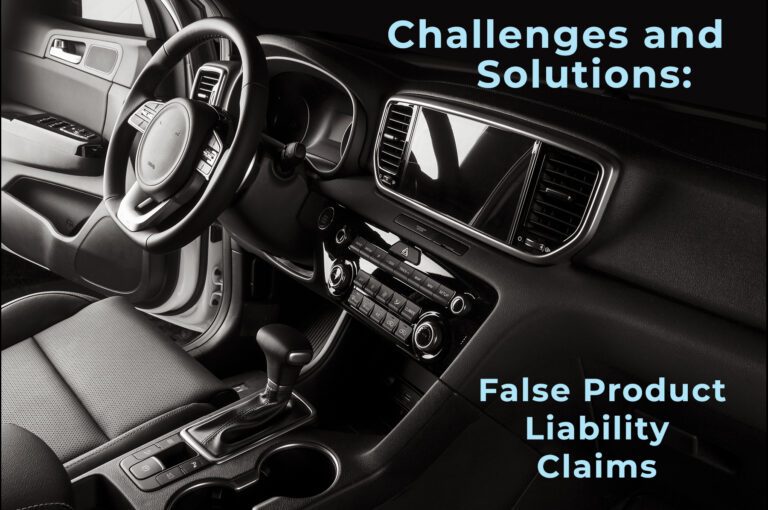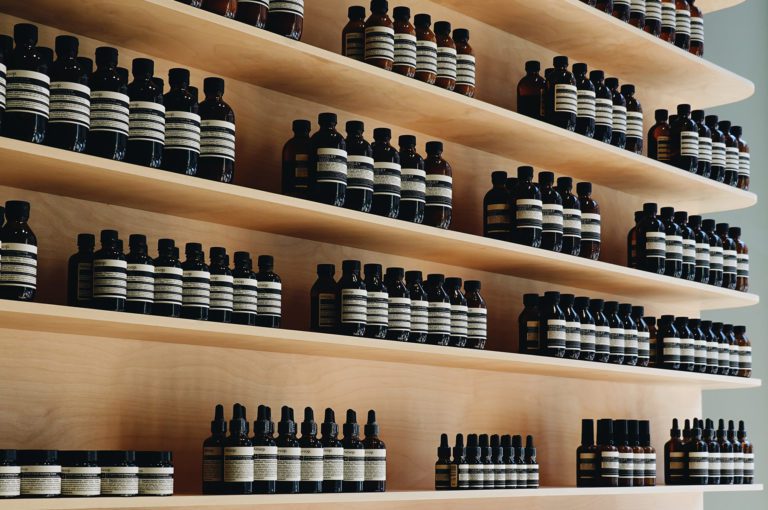Defending Against Toxic Tort Litigation
The toxic tort litigation and environmental law practice areas cover a wide swatch of matters related to litigation and regulation involving hazardous waste, chemical and pharmaceutical exposure, foodborne illnesses and environmental damage due to products, byproducts and commodities.
In these cases, the claimants normally take the form of a class of entities that attempt to prove damage, injury and or death due to the alleged toxicity of a product, byproduct or commodity produced by the defendant. When cases take this form they are called “mass torts”.
If your business is a defendant in a Toxic Tort or Environmental Law case there are a number of strategies that your legal counsel could employ to protect your business from the allegations of the claimants.
Each strategy listed in this article is mentioned in general terms and applies only to a hypothetical defense. The strategies are provided here as general information only and not legal advice. Should your company find itself in a situation in which it must defend itself from these serious allegations then it is highly recommended that defense is created and executed by an experienced law firm with experience in toxic torts and environmental law.
Affirmative Defenses
The most common defenses to toxic tort cases come in the form of affirmative defenses. These defenses are designed to absolve the defendant of liability even if the plaintiff otherwise can prove liability.
Assumption of Risk: In an assumption of risk defense, the plaintiff is shown to have been warned of the risks (via labeling or another method), but also shown to have disregarded the warning thus exposing themselves to the risk of their own volition. This defense is frequently made, when the risk (ie toxic chemical or another item) is accompanied by a warning sign or label that explains the danger of using or being exposed to the item.
Comparative/Contributory Negligence: Was the plaintiff negligent in their usage or exposure to the item in question? If so, the defense may be able to show that they either completely caused or otherwise added to their own injury or death. This defense is relatively common in Florida where damages due to the plaintiff can be reduced based on the extent of their comparative negligence or their contribution to the cause of their own injury or death. This defense often does not completely absolve the defendant of liability but can significantly reduce damages due to the plaintiff.
Jurisdiction Conflict: In rare cases, it may be shown that there is a jurisdiction conflict. For example, federal, state or county laws can supersede the laws of municipal jurisdictions. An attorney with experience in Florida state and local laws as well as overarching federal laws may be able to effectively argue a defense that protects your company from a toxic tort in one jurisdiction even if the plaintiff can show that you are liable under the rules of another jurisdiction.
Statute of Limitations: In Florida, for toxic tort cases the plaintiff has four years to file a lawsuit after the last instance of discovering their injuries. The date of discovery is important as many chronic illnesses and conditions happen over time of exposure to dangerous chemicals. This number can vary widely as in cases of wrongful death the statute of limitations is two years and in product liability cases that time frame can extend to 10 years or more depending on the product.
For example, defenses that can show the plaintiff was aware of the danger to their well being but failed to act in a timely way may be able to have the case thrown out by a court. “Tolling the statute of limitations” is a phrase used to describe a legal action by a plaintiff who has waited until after the statute of limitations has expired to act.
See how you can avoid court by hiring an experienced litigation attorney
Disproving Causation
Defenses can challenge a plaintiff’s cases by presenting solid evidence that the injuries and or death were not caused by exposure to your company’s product, byproduct or commodity. This is a direct defense and, in the case of toxic torts, it is made largely based on scientific evidence and research.
“… defenses that can show the plaintiff was aware of the danger to their well being but failed to act in a timely way may be able to have the case thrown out by a court.”
Passing or Spreading the Liability
A law firm may also be able to mount a successful defense by showing how your company is but one in a chain of manufacturers, distributors and end-users of a chemical that can be held liable for its exposure to the plaintiff. For example, although your company may have made or distributed a product, the way it was used in a machine or device by a third party may have exposed workers to the chemical. In such a case, liability can be shown to shift from your company to the third party or to another third party that manufactured personal protection equipment that failed to protect the plaintiffs.
South Florida Law
As mentioned above, the examples of defenses outlined in this article are for information only and do not constitute legal advice.
At South Florida Law, we achieve desirable results by working together with our clients to develop cost-effective defense strategies, consulting with scientific researchers to develop solid defenses, retaining respected experts to support our case and aggressively deposing opponents’ experts.
If you or your company has been accused of causing harm to the environment or injury to others by the release of toxic or allegedly toxic materials, you should contact us as your experienced toxic torts defense lawyer.
If you are currently or feel that you may soon be the defendant in a toxic tort case, seek professional legal advice by contacting South Florida Law today on (954) 900-8885 or via our contact form.
